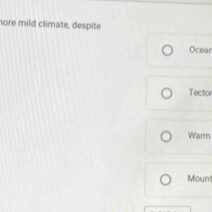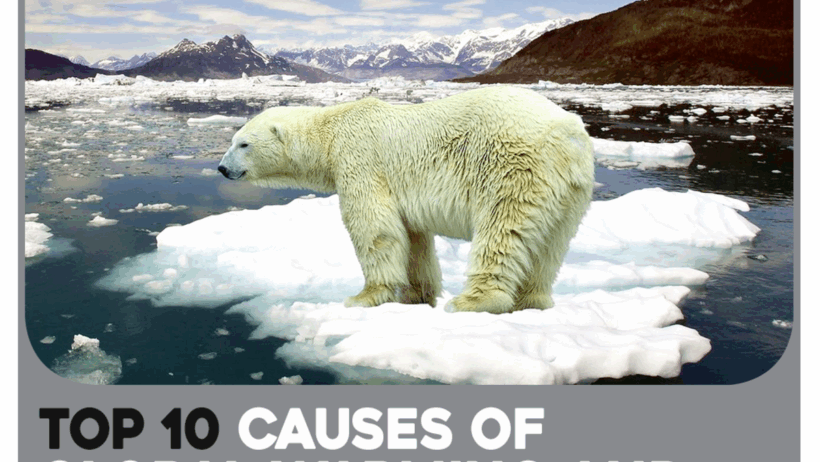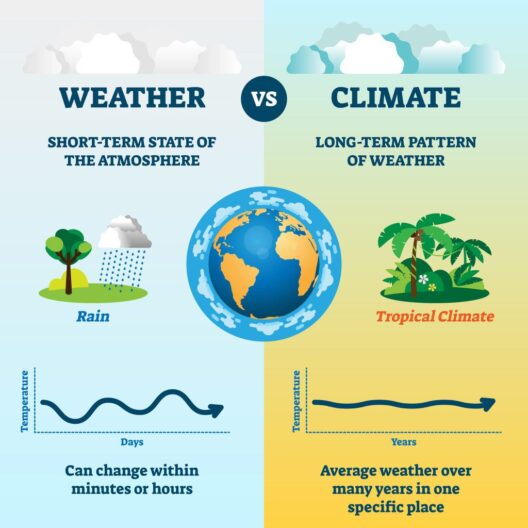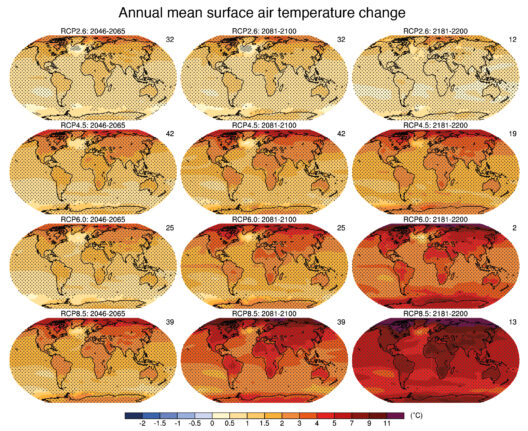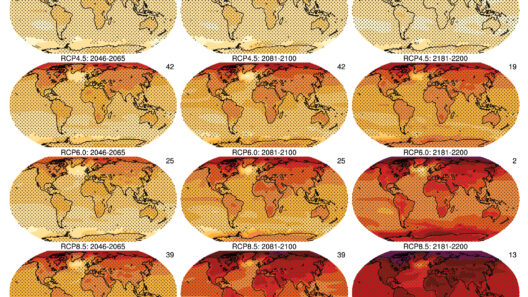The phenomenon of climate change is an intricate tapestry woven from various environmental, social, and economic threads. At the forefront of this critical issue lies the undeniable reality that human activities, especially the burning of fossil fuels, represent the leading cause of climate change. This exposition seeks to elucidate the mechanisms through which these actions precipitate global warming and the extensive repercussions that follow.
To comprehend the magnitude of climate change, one must first recognize the scientific consensus surrounding the greenhouse effect. Greenhouse gases, particularly carbon dioxide (CO2), methane (CH4), and nitrous oxide (N2O), play a pivotal role in regulating Earth’s temperature. These gases trap heat in the atmosphere, facilitating a warming effect essential for life. However, an overabundance of these gases, primarily resulting from anthropogenic activities, exacerbates this natural phenomenon, leading to deleterious effects on the planet.
Among the various sources of greenhouse gas emissions, the combustion of fossil fuels for energy production stands out as the most significant contributor. This practice encompasses a vast array of activities, from electricity generation in power plants to transportation in automobiles, planes, and ships. As our global society heavily relies on coal, oil, and natural gas to meet its energy needs, the resultant emissions accumulate, intensifying the greenhouse effect and propelling global temperatures to unprecedented levels.
Additionally, industrial processes contribute substantially to climate change. The manufacturing sector, including cement production, metal fabrication, and chemical synthesis, releases an array of pollutants, including carbon dioxide and methane. These industries not only utilize energy derived from fossil fuels but also emit greenhouse gases through chemical reactions. The dual impact of energy consumption and direct emissions from production processes intensifies the urgency of addressing industrial contributions to climate change.
Land-use changes represent another critical dimension of greenhouse gas emissions. Deforestation, urbanization, and agriculture alter the Earth’s surface and its ability to sequester carbon. Forests act as carbon sinks, absorbing CO2 from the atmosphere. However, deforestation for timber, agriculture, or urban expansion releases this stored carbon back into the atmosphere, further aggravating global warming. Agriculture, particularly cattle ranching and monoculture farming, also contributes significantly to methane emissions, particularly through enteric fermentation in ruminants and the use of synthetic fertilizers. These practices not only emit greenhouse gases but also degrade soil health and biodiversity, presenting further challenges to environmental sustainability.
The impact of climate change is far-reaching and multifaceted. The rise in global temperatures has led to a cascade of environmental alterations. One of the most noticeable effects is the increase in the frequency and intensity of extreme weather events. From hurricanes and droughts to floods and heatwaves, the changing climate exacerbates natural disasters, putting communities at risk and leading to devastating economic consequences. Agriculture is particularly vulnerable; shifting weather patterns disrupt growing seasons, leading to food insecurity and threatening livelihoods, particularly in developing nations.
Moreover, the social ramifications of climate change are profound. Vulnerable populations, often the least responsible for greenhouse gas emissions, bear the brunt of climate-related disasters. The disproportionate impact on low-income communities and marginalized groups perpetuates cycles of poverty, displacement, and social unrest. Climate change amplifies existing inequities, making it imperative for global leaders to adopt equitable and just approaches to climate action.
In addition to human welfare, ecosystems find themselves under increasing strain. Species extinction rates are accelerating as habitats degrade and climatic conditions shift. Coral reefs, often called the “rainforests of the sea,” are particularly at risk from rising ocean temperatures and acidification, which threaten marine biodiversity and the livelihoods of those who depend on fishing and tourism. Protecting these ecosystems is not merely an environmental concern; it is also essential for maintaining ecological balance and ensuring sustainable resources for future generations.
Addressing climate change necessitates a multi-faceted approach involving mitigation, adaptation, and resilience strategies. Mitigation focuses on reducing greenhouse gas emissions through renewable energy sources, energy efficiency, and technological innovation. Transitioning to sustainable energy systems—such as wind, solar, and hydroelectric power—presents a viable path towards less reliance on fossil fuels. Additionally, enhancing energy efficiency in buildings and transportation can dramatically reduce emissions while promoting economic benefits.
Adaptation strategies are equally crucial as they entail adjusting to the changing climate. This may involve modifying agricultural practices, developing climate-resilient infrastructure, and implementing effective disaster preparedness measures. Equally important is the enhancement of natural carbon sinks; restoring forests, wetlands, and grasslands can significantly contribute to sequestering atmospheric CO2 while providing co-benefits for biodiversity and water quality.
In tandem with these strategies, elevating public awareness and fostering climate literacy are paramount. Engaging in dialogue and education can empower individuals and communities to take action—whether through lifestyle changes, political advocacy, or collective initiatives aimed at fostering sustainability. Collaborative efforts at local, national, and global levels are essential for devising comprehensive climate policies that prioritize environmental justice and address the needs of affected populations.
In conclusion, the leading cause of climate change is intrinsically linked to human activities, predominantly the burning of fossil fuels and the resulting greenhouse gas emissions. The ramifications of climate change extend beyond environmental degradation, impacting human well-being, economic stability, and social equity. Addressing climate change requires not only concerted mitigation and adaptation efforts but also a commitment to fostering resilience in the face of inevitable change. We are at a crossroads, and the choices we make today will determine the legacy we leave for future generations.

